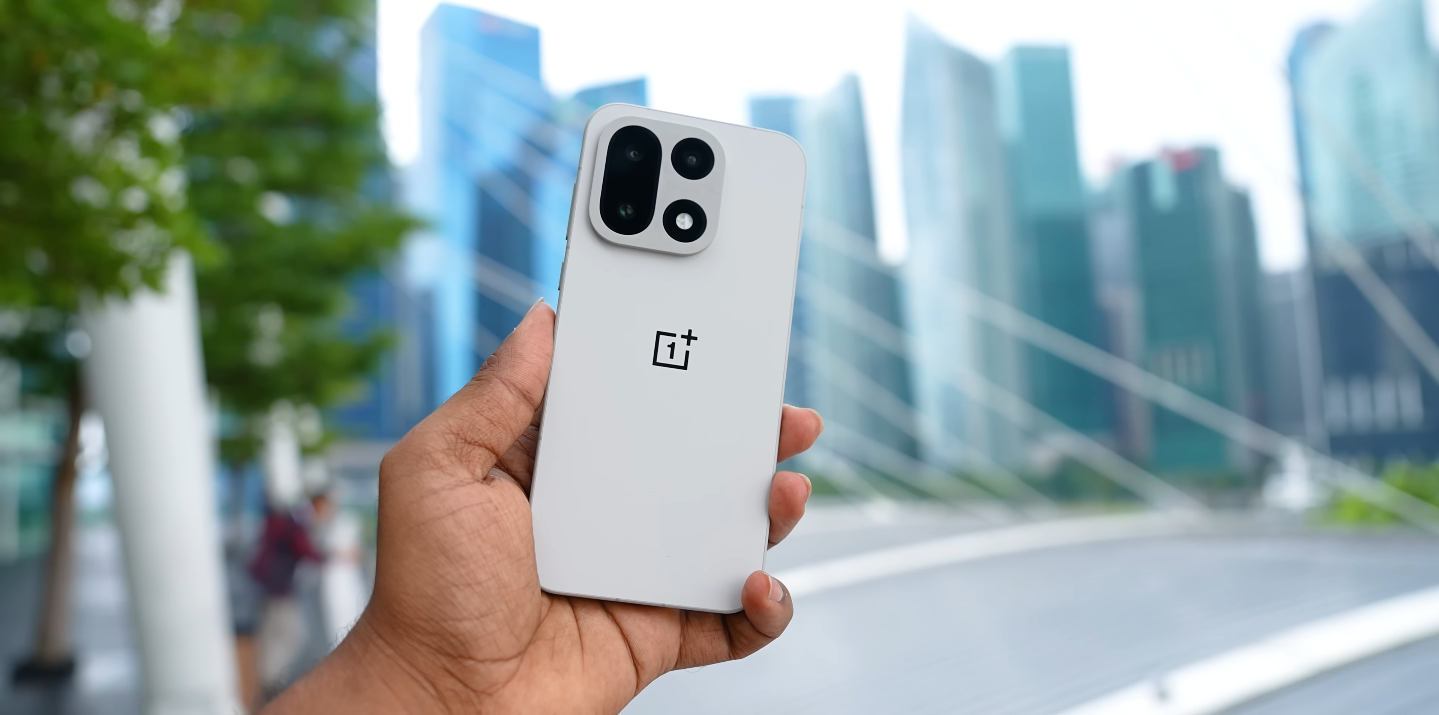OnePlus 15 review: why this flagship could upset every major brand

A serious flagship that pushes well beyond small iterative upgrades
The OnePlus 15 officially arrived this autumn, and its reception across core mobile tech circles shows this model is not just a routine follow-up device. It is built around major next-generation hardware, a visibly more premium build direction, and a software platform that now leans more towards cleaner performance rather than over-branded feature marketing. That alone already places it in a different league within the UK flagship category.
The headlining update is the chipset. OnePlus is one of the first manufacturers to ship Qualcomm’s latest premium-tier mobile processor in a global volume device, and that decision draws genuine interest from power-users. This new generation silicon is built for more sustained performance under thermal load, which matters for gaming, video editing, and any high-demand use where many Android devices tend to throttle. That is a real world difference, not a cosmetic spec.
Display quality is also an area where the OnePlus 15 moves forward. The company continues with an LTPO OLED panel and supports an adaptive refresh rate to balance smoothness with battery efficiency. While UK users have seen high refresh rates become normal across flagships, the difference here is that the panel management logic is more intelligent, dropping to low refresh ranges when content does not need motion. That contributes to noticeably improved endurance without cheapening the visual feel.

Charging remains a signature part of OnePlus identity, and this generation demonstrates that the brand is not stepping back from its engineering advantage. High wattage wired charging remains officially supported, and the wireless system has also been lifted to a more competitive tier. This continues to appeal to UK buyers who prefer shorter top-up sessions instead of overnight charging habits. The real value here is consistency across charge cycles rather than one-off lab figures.
OnePlus has also refined the exterior build, and this time the device feels more premium by intention rather than trying to follow a trend. The frame uses a higher grade alloy mix, the edges are cleaner, and the colour options have been developed with a more muted, professional tone. The phone feels more corporate-ready and less like a gaming-style slab. In the UK market, that matters because most high value buyers here tend to use their phones as business extensions.
Camera strategy is one of the biggest talking points. OnePlus has stepped away from its long public co-branding approach and now leans on its in-house computational image foundation. This decision was confirmed ahead of the model’s reveal, and it shifts the responsibility of colour tuning, dynamic range processing and motion capture entirely onto OnePlus software teams. It is a bold move — but it also signals long-term self-direction rather than dependence on external imaging partnerships.
Software behaviour is delivered through the latest OxygenOS built over the latest stable Android platform. There is less visual clutter, more optimisation logic, and less duplication of system components. UK users who prefer a cleaner app drawer and faster response times will notice this immediately. And the long-term update roadmap that OnePlus committed to for this model adds genuine reassurance for buyers who do not want to cycle handsets every year.
Network performance is another area where this device steps forward in a verifiable way. The modem supports the most recent 5G radio improvements, and tests have already shown more stable high-band throughput. It is also more efficient in low-signal indoor zones, which is directly relevant for UK homes and offices where thick walls still make reception unpredictable. Better sustained reception matters more than headline peak speeds.
All of this means the OnePlus 15 is now competing not as a cheaper flagship alternative, but as a legitimate primary choice in the core premium bracket. The narrative is no longer “affordable giant killer”. It is now an equal contender to names like Apple and Samsung. That psychological shift is important, because once perception changes in the UK mainstream base, brand loyalty patterns also begin shifting.
If pricing and supply remain stable through winter and early 2026, this model could genuinely alter behaviour at the top of the market. It has real performance credibility, verified engineering improvements, and a design personality that now looks serious rather than experimental. That is why this flagship could upset every major brand — because it is not playing in the shadow side of the flagship segment anymore. It is confidently standing in the front row itself.
Also Read: Galaxy M17 5G dust & splash resistance: how much does IP54 matter?






